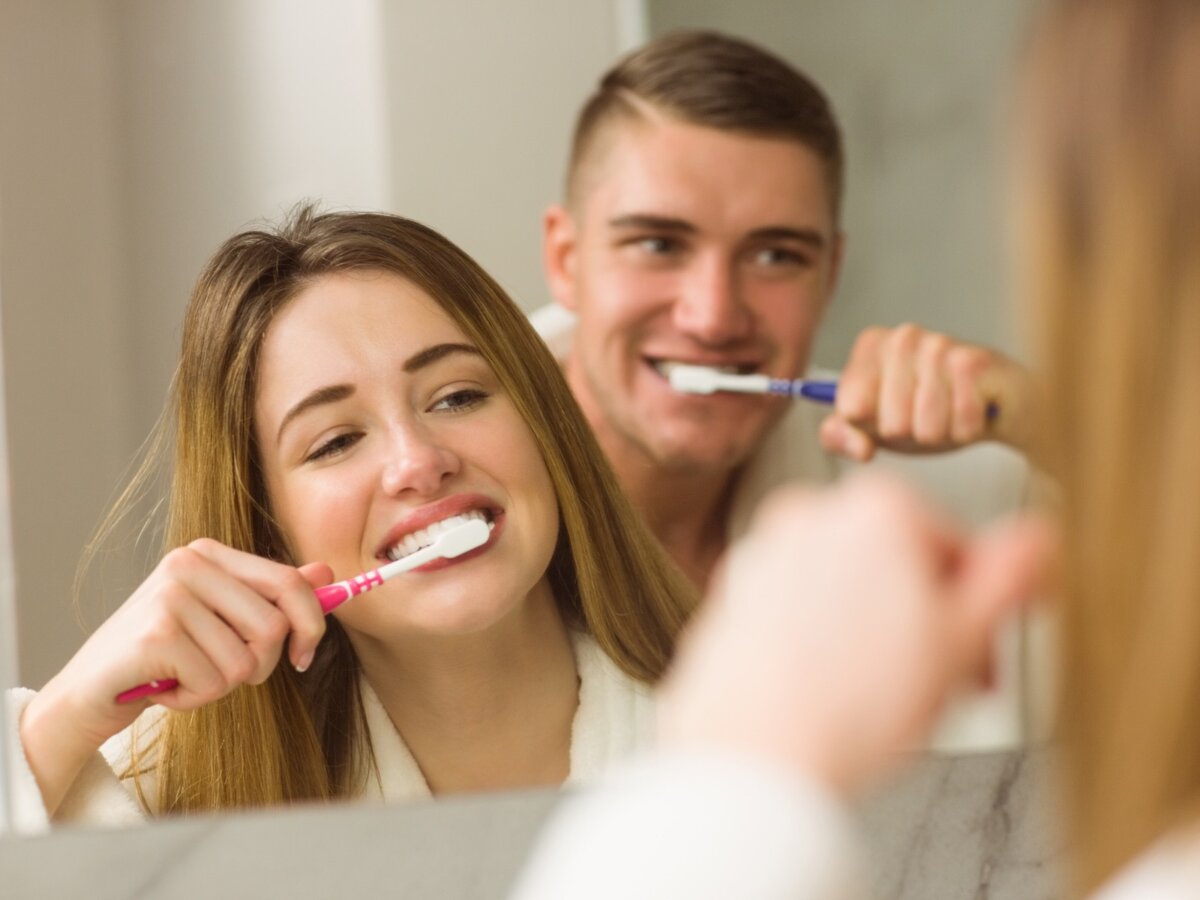Blog
Dental hygiene tips for healthy teeth & gums

Do Teeth Whitening Toothpaste Actually Work?
While toothpaste that whitens the teeth can remove surface stains, it cannot change the natural color of teeth. You will notice visible changes in your smile when you use quality whitening toothpaste on a regular basis if you have noticeable stains from soda, coffee, or cigarettes. For deeper discolorations, other whitening products may be more effective in giving you the results you want.
Choosing the right treatment based on your requirement will be much easier if you know the active ingredients used for tooth whitening as well as how various products differ.
A whitening toothpaste typically contains these ingredients to remove surface stains:
- The teeth are gently polished with special abrasives
- A chemical that breaks down or dissolves stains, such as peroxide
How Does Whitening Toothpaste Work?
You can brighten your smile even further with whitening toothpaste, which removes more surface stains. A non-whitening toothpaste is designed to remove surface stains and help you maintain good oral health, and clean your teeth. Silica is abrasive and can scrub the teeth, so toothpaste with it is generally more abrasive. Make sure the whitening toothpaste you use is approved by the American Dental Association.
Whitening toothpaste that contains blue covarine is recommended. Chemically, the yellow appearance of the tooth is diminished by this product. The effect is immediately noticeable, though it is not as long-lasting as other methods. You should combine blue covarine’s optical properties with other techniques for whitening teeth.
Achieving the best long-term results
It is recommended to use a whitening toothpaste at least twice a day. You must brush with these products every day for several weeks to get the best results. However, it is still possible to get impressive results using products that do not contain blue covarine. Nevertheless, users should keep in mind that the whitening won’t be apparent right after brushing.
The ingredients in whitening toothpaste work by polishing the teeth and removing stains over time. Whitening toothpastes contain an array of abrasives, including:
- Hydrated aluminum oxide
- Calcium carbonate
- Magnesium carbonate
A whitening toothpaste may also contain hydrogen peroxide or carbamide peroxide. Despite the faster effects of carbamide peroxide, these ingredients produce a similar overall color change after only two weeks of use.
Professional Whitening Alternatives
Your dentist can provide you with information about professional whitening products that can effectively whiten your teeth. There are more active bleaching ingredients in these products, so they produce more noticeable results. The industry standard for over-the-counter bleaching kits is 10 percent carbamide peroxide, while a professional bleaching kit may have up to 40 percent hydrogen peroxide. With these strong treatments, gums are protected with a gel or another agent to prevent irritation.
A professional treatment also whitens teeth much faster than alternatives. A dentist will likely complete this treatment within an hour, eliminating the need for repetitive applications for weeks.
The correct use of whitening toothpaste when treating surface stains may prove to be an effective way to achieve whiter teeth. On the other hand, alternative products are more likely to achieve a more even and long-lasting white. You can best address any concerns regarding your teeth’ color by speaking with a dentist and determining a satisfactory solution.


